
views
Before the Event
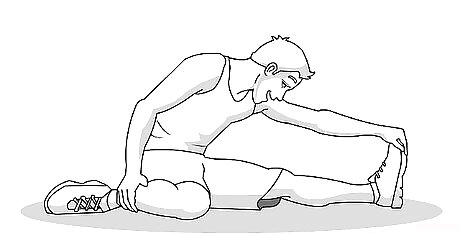
Stretch. If you don't stretch, you can become seriously injured. (Pulling hamstrings are common).

Run a few practice hurdles. Make sure you have your lead and trail legs figured out before the race starts. The lead leg is the leg that goes over the hurdle extended before your body. The lead leg is usually the leg that people use to catch themselves while falling. People can trip forward or have someone push them to find which leg makes sense for them. Many people also switch back and forth between legs which is a possibility.
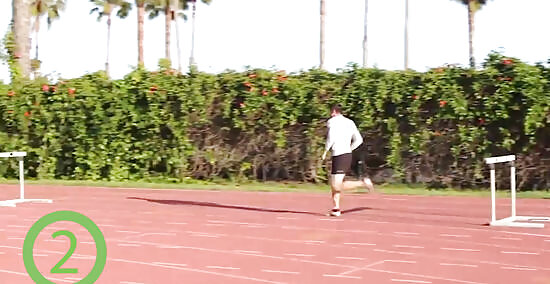
Count your steps. The number of steps you take will depend on how long the course is, as well as on the person's height, weight, speed, the height of their jump, the length of the jump, and even their usual sprinting stride length. You might take 4-5 steps before the first hurdle on a 60m course and 6-8 on a 100m course. Steps in between will be different for every person. One thing to note, however, is that if the hurdles are evenly spaced, you should have the same amount of steps in between every hurdle. You should not take three huge steps and then eight little steps... Instead maybe take 6 regular stride steps. Picture yourself going barely an inch over the jump. You might find that when you try to get as low as possible, you end up clearing the jump by plenty, while increasing your speed. Practice really does make perfect! And leaning forward opens a whole new world of speed.
During The Event
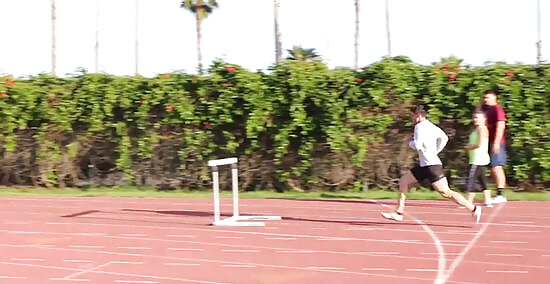
Start the race in a sprint. You want to be going pretty fast before you reach the first hurdle, and you want to be able to make it to the first hurdle at the right speed to have your favored foot forward.
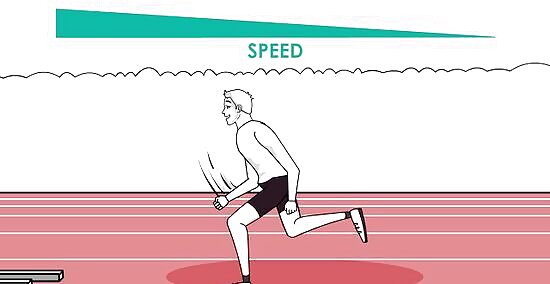
Do not slow down at the first hurdle: your momentum is what will carry you over. When you are about 1 to 2 feet away from the hurdle, bring the foot that isn't on the ground (lead leg) up to your butt and then quickly extend it up over the hurdle.
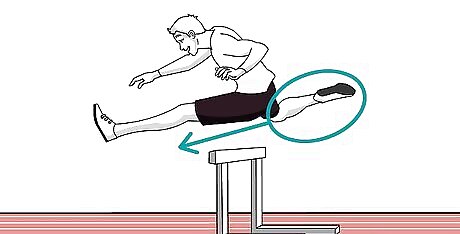
Drag the trail leg sideways over the side of the hurdle after the lead leg has passed over. The ankle and the knee are supposed to be the same distance from the ground. The straight line along the shin/calf in between the ankle and the knee must be parallel to the ground and must be parallel to the hurdle.
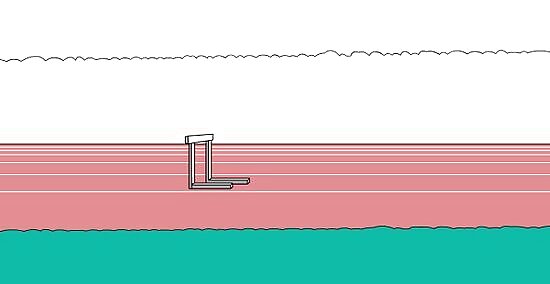
Continue the race, trying to pick up speed towards the end. Clearing the last hurdle can be difficult, but if you push yourself too much, it will be no problem, but it can hurt in the end.















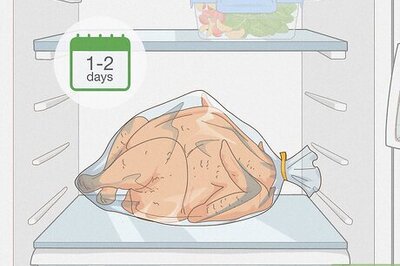



Comments
0 comment